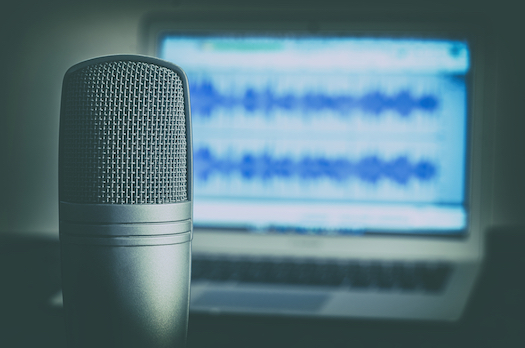Radio Tomorrow with James Cridland
James Purnell, the ultimate boss of BBC Radio, blogged late last week that ‘we need an industry chart for UK podcasts’.
He’s understood that the iTunes chart isn’t a chart at all, which is gratifying: that it’s a trending list, “which is great for audiences but content creators and distributors want to know reach and value.”
He writes that there’s no industry standard for a podcast chart; but there is an official top 40 for music; a sales chart for books; and of course an established “chart” for live radio (called RAJAR in the UK).
A few weeks ago, in a German radio conference, I asked what the weekly penetration figure was for radio – already knowing the answer. They don’t have one. I know that 90% of adults listen to the radio every week in the UK; that 93% of adults listen every week in the US; but Germany doesn’t have a similar figure, since they’ve never worked out radio audiences on a weekly basis. (86% listen to the radio on a daily basis in Bavaria, Germany, by the way).
Dig a little deeper, and there’s a myriad of differences between every country’s radio audience figures. Some use electronic pagers, some use websites, some use paper diaries; some are based on calling people at home; some revolve around knocking on doors. Some countries use more than one method.
In the UK, most radio stations are measured across their own unique transmission area. In Australia, there are distinct survey measurement areas (which your radio station’s own transmissions may only partially cover, or wildly exceed).
Ireland’s public numbers are based on “listened yesterday”, smoothed over a year’s worth of survey data. The UK is mostly driven by overall reach, a figure that the US calls cume. AQH is a standard currency in the US, but unheard of in most parts of Europe. Australia mainly uses share.
Norway measures radio in the same way as TV, but in most other countries, the two broadcast media are measured quite differently. The UK has an “other” column to indicate listening to radio stations who aren’t in the survey; Australia pretends they don’t exist. Some countries measure radio from 6am to midnight; others measure full 24-hours; others still measure 7am to 7pm.
I mention all of this because – yes – we need a proper chart for podcasting, and I’m delighted that the BBC is interested. It has, until now, refused to release its own podcast figures, claiming they’re “for the purposes of journalism, art or literature”.
However, podcasting is, by its very nature, global. We don’t need individual pieces of analysis for individual countries, working under different rules and different definitions. We need one standard way of measuring podcasts – wherever you are.
The IAB in the US have a standard methodology for measuring podcast downloads, which many podcast hosts are compliant with. That, at least, measures download figures in a consistent way; and podcasters moving from, say, Spreaker to Megaphone, will notice that the download statistics they’re given are roughly similar. That’s really helpful. We don’t need a new standard for that.
For actual consumption, NPR is working on RAD, an overly-complex measurement system designed to measure ads. It requires podcasters, hosts and app developers to all change their workflows to incorporate this closed, whitelisted system. An alternative, Podcast Pingback, measures podcast playback in a much more granular fashion, needs very little additional work, and is open to all. We probably don’t need a third specification writing for a little island off the mainland of Europe.
Maybe most importantly, we don’t need a chart “for UK podcasters”. We need a chart of “UK podcast consumption”.
I’m prepared to bet that This American Life, Radiolab and the New York Times Daily are quite popular in the UK too. The BBC, and other UK publishers, are competing with these too. It would be a great benefit to all UK podcast publishers to understand what people are really listening to – rather than apply an artificial UK content filter.
And it needs to be as open as it possibly can be – reflecting podcasting’s unique level playing field. A bedroom podcaster should get access to the same statistics as the world’s largest broadcaster. After all, they compete for the same audience.
The BBC’s probably one of the three largest podcast publishers in the world, by my reckoning. They have considerable clout in this space, if they choose to use it. Let’s hope they get behind something that’s truly global in ambition, not just for little Britain.
About The Author
James Cridland, the radio futurologist, is a conference speaker, writer and consultant. He runs the media information website media.info and helps organise the yearly Next Radio conference. He also publishes podnews.net, a daily briefing on podcasting and on-demand, and writes a weekly international radio trends newsletter, at james.crid.land.
Contact James at [email protected] or @jamescridland

